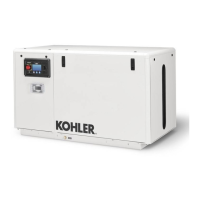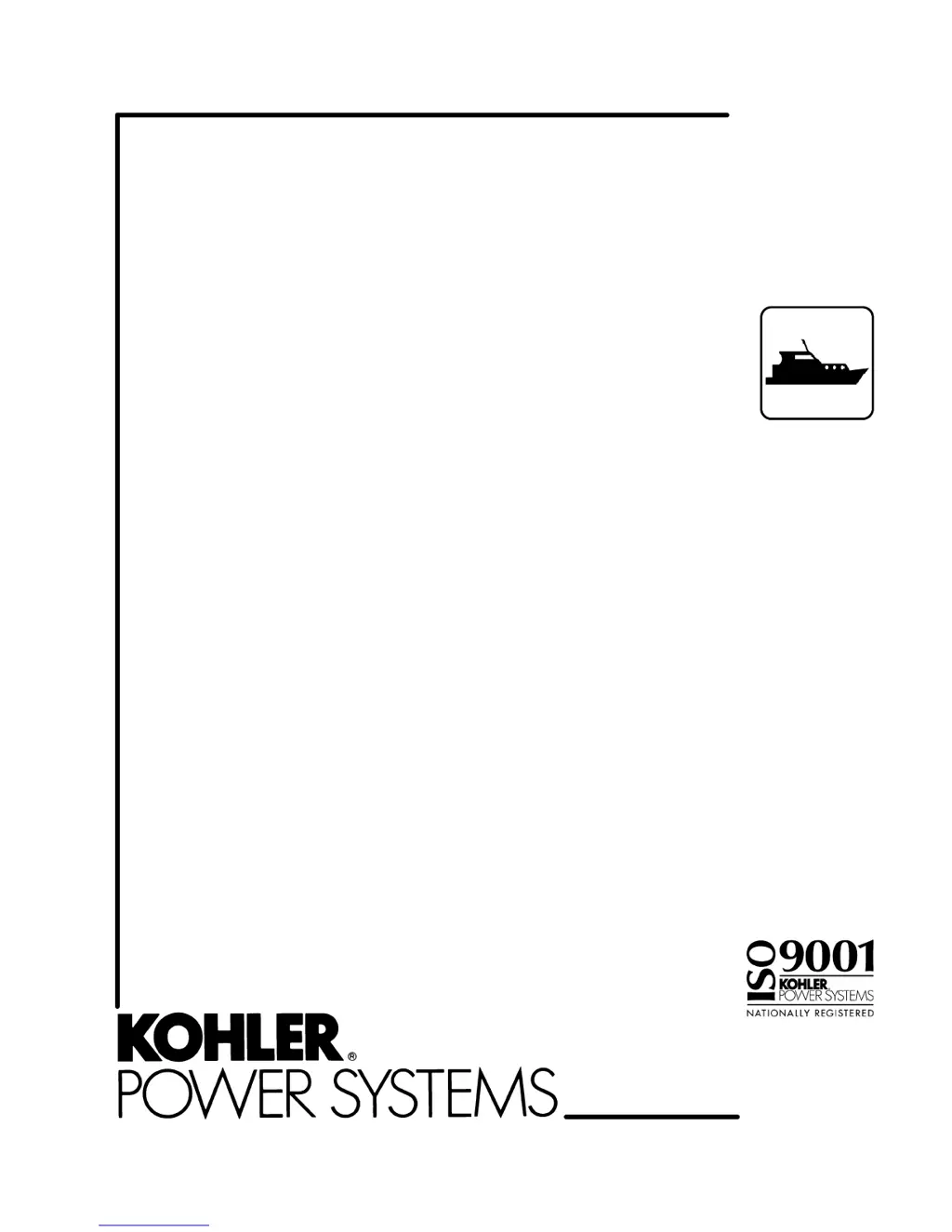Why does Kohler 4EOZ emit black or gray exhaust smoke?
- BburtondrewSep 4, 2025
If your Kohler Marine Equipment engine emits black or gray exhaust smoke, use the correct fuel. Service the air intake screen if it's clogged or dirty. Drain out surplus if the lube oil level is too high. Use the correct viscosity oil if the lube oil is incorrect.




